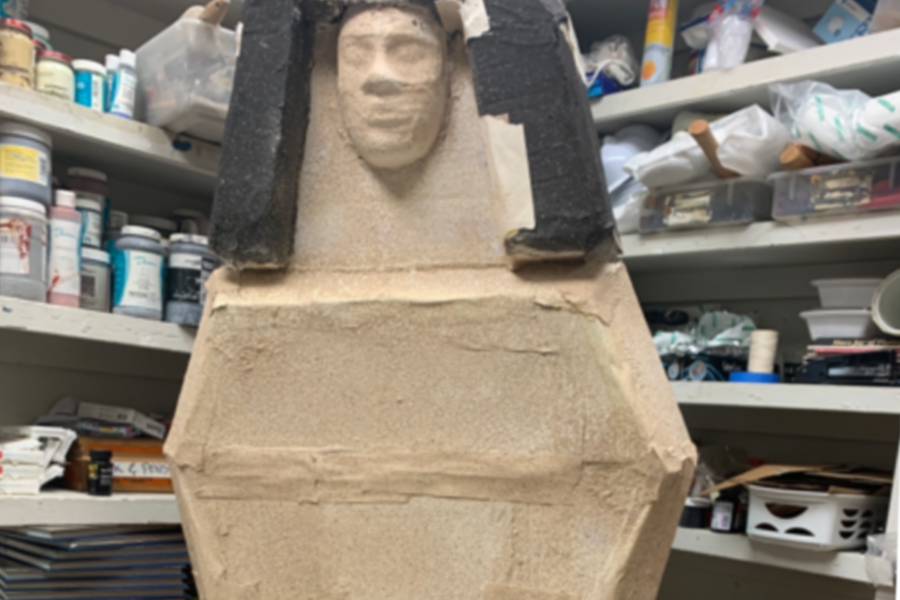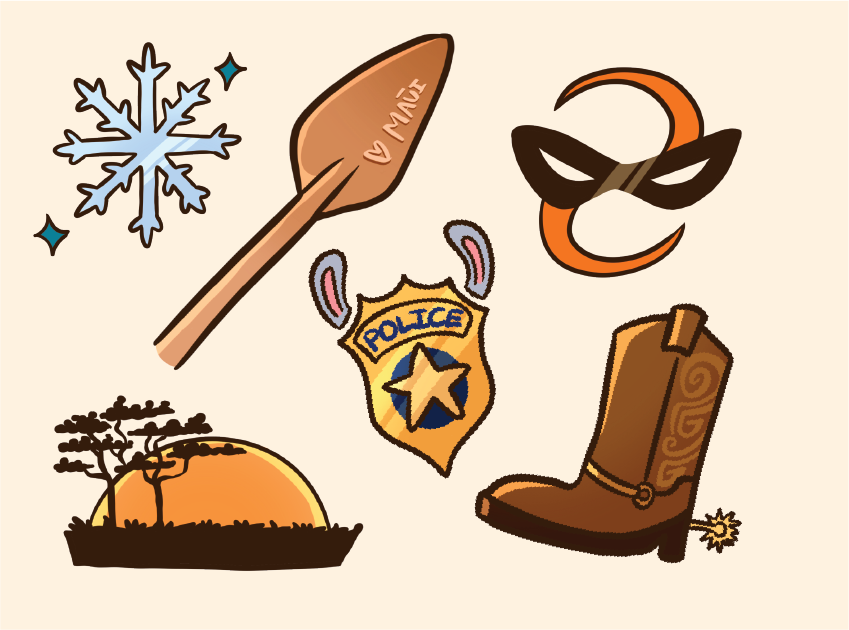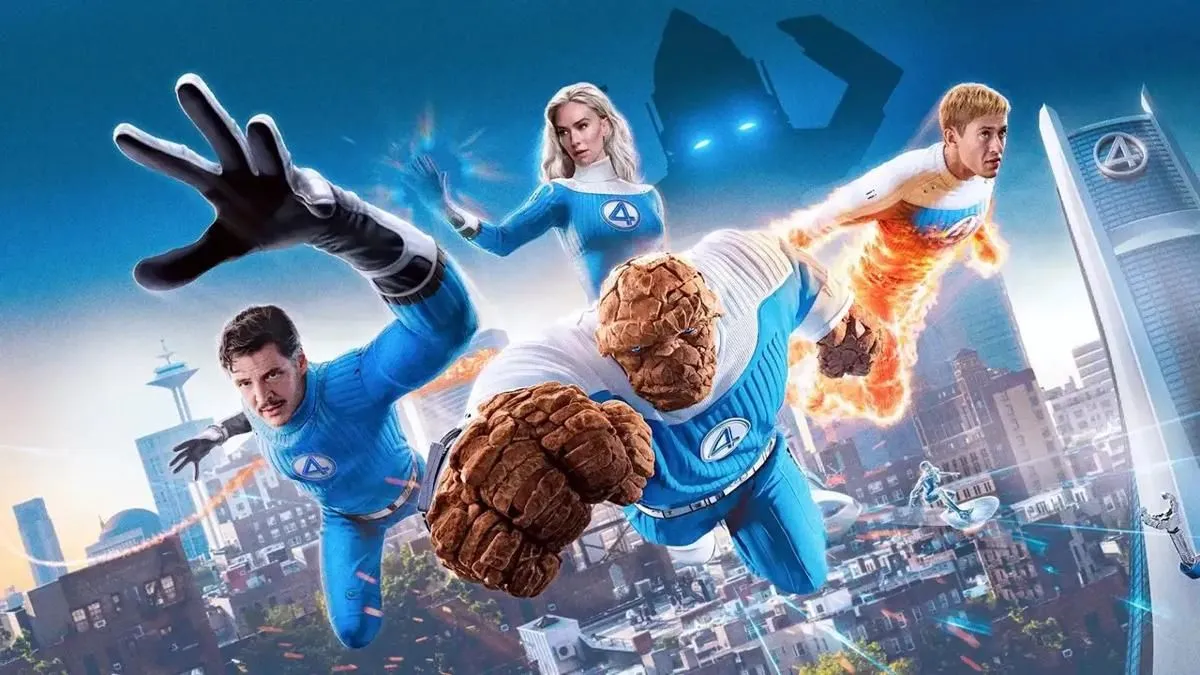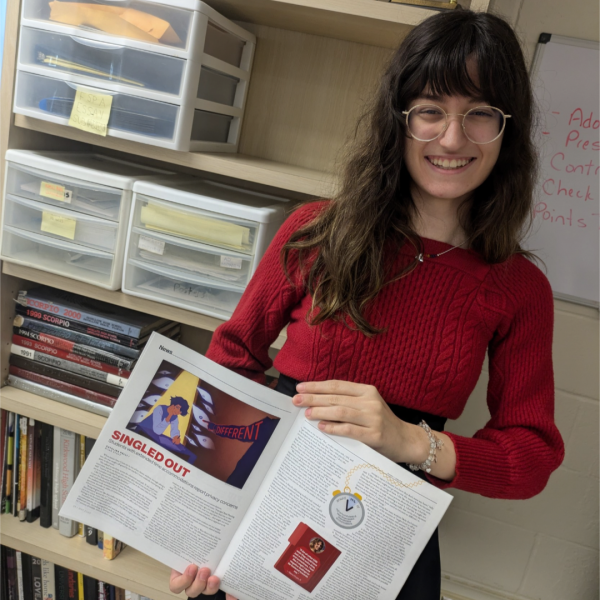For the first time since his conception as a doodle on Walt Disney’s napkin, beloved childhood character Mickey Mouse had the first ever iteration of his design– Steamboat Willie– enter the public domain at the start of this year. Less than 48 hours after the copyright change, countless horror films, games, and media were announced to be in the works.
“The genre of horror based on children’s properties and concepts has become commonplace and overbearing,” senior Emma Myers, former president of the Film club and Disney Parks aficionado, said. “With the rights being available, creators just want to make something shocking enough to grab attention and viewers.”
Steamboat Willie is far from the first to receive this treatment. In 2022, A. A. Milne’s stories featuring the beloved childhood character, Winnie the Pooh, and his friends all entered public domain as well, meeting a similar fate to Willie with the creation of 2023 horror film “Winnie the Pooh: Blood and Honey” and its upcoming sequel this year.
“It was funny seeing something that’s supposed to be Winnie the Pooh but really just looks like a guy in a suit,” freshman Massimo Raffaeli said. “These films aren’t being made out of malice and hate for the characters. They’re made out of love, and just wanting to have fun with these once-copyrighted characters. The films don’t seem too bad so as to somehow taint childhood characters, since they’re made by entirely different studios.”
In addition to “Blood and Honey,” Raffaeli said he was looking forward to the release of the Steamboat Willie horror films as well. In the wake of copyright change on January 1st, Disney has been strictly enforcing copyright on the iterations of Mickey Mouse that they still hold ownership over, including the iconic red overall-wearing version that most younger generations are familiar with.
“I think copyright laws have long been too extreme and significant, mostly due to intense lobbying and bribery on Disney’s part and modern-day corruption and flaws within the system,” sophomore Robert Santiago said. “I’m a hardcore believer in community-made content and ideas building off of something that was once someone else’s, it should not have taken this long to make Mickey Mouse public domain. All ideas are just remixes of old ones, and the modern-day copyright system suppresses innovation and new thoughts.”
Due to the small details that differentiate these versions, there is often dispute over whether or not a version of Steamboat Willie is being used fairly. Raffaeli described Disney’s latest copyright enforcement actions as “unfair” and “a bit scummy,” while Myers had a more understanding perspective of the corporation.
“Disney is largely famous because of their characters and stories,” Myers said. “Because of how integral it is to their brand, they’re understandably very protective of them. I think that parodies and transformative creations can and should be allowed, but simple reuploads or bootlegs [that infringe on existing copyright] should be disposed of.”
In the wake of copyright changes such as these leading to the creation of unconventional media with children’s characters, more attention has been brought to underlying controversies like the usage of children’s media in horror and gore-related content.
“The use of kids’ characters as ‘creepy horror murderers’ is dry and stale,” Myers said. “This shortcut to creating ‘scary’ media appeals to children and young teens for the edgy shock factor it brings but lacks value and motivation.”
Theater teacher Caroline Miller said that she has seen the prominence of the new genre, and that “based on the roar of the ‘Five Nights at Freddy’s’ movie, horror has really become popular with kids of younger ages lately.” Myers also mentioned “Five Nights at Freddy’s” along with other popular cartoon horror content like “Poppy’s Playtime” and “Bendy and the Ink Machine” in comparison to the films, noting that the trend of public domain characters turned horror seems to be an evolution of the mascot horror genre.
“Most of the kids that grew up watching these cartoons are older now, so having them be made into creatures rather than characters could be appealing,” senior Spencer Wilson said. “I’m a huge fan of unique takes on things that I really enjoy, … and I don’t think these movies are really hurting anyone, even though they could be cash grabs.”
Myers dissented with Wilson’s comment that the phenomenon is harmless, stating that although some early content in the cartoon horror genre was “exciting and new,” the quality of content in the genre has greatly declined.
“The new ploy of directly using the actual characters instead of similar ones triggers the shock value of seeing a childhood favorite like Winnie the Pooh or Mickey Mouse do shocking and violent things,” she said. “There is no message or drive behind the art, it’s made to be shocking and make headlines online.”
Despite the divided nature of students on the rising genre, it is a sensation that will likely only continue to grow in coming years. In 2026, an early iteration of Mickey’s furry friend, Pluto, is set to enter the public domain as well, and many other early versions of characters will follow over the course of the next decade.
“I don’t think children’s media can be barred from horror,” Myers said. “‘Child’s Play’ is a classic and people love it. But children’s media in horror is very different from horror geared towards children. Movies like this use nostalgia and an ‘edge’ factor to gear sales instead of making a good movie and great art. I think movies like these wouldn’t be made unless the copyright was up. These aren’t made because of an interesting premise they wanted to explore, they’re just products they jumped to make.”


![Sophomore Isabelle Gaudry walks through the metal detector, monitored by School Resource Officer Valerie Butler, on Aug. 13. “I think [the students have] been adjusting really well," Butler said. "We've had no issues, no snafus. Everything's been running smoothly, and we've been getting kids to class on time.”](https://westshoreroar.com/wp-content/uploads/2025/08/IMG_9979-1200x800.jpg)


































